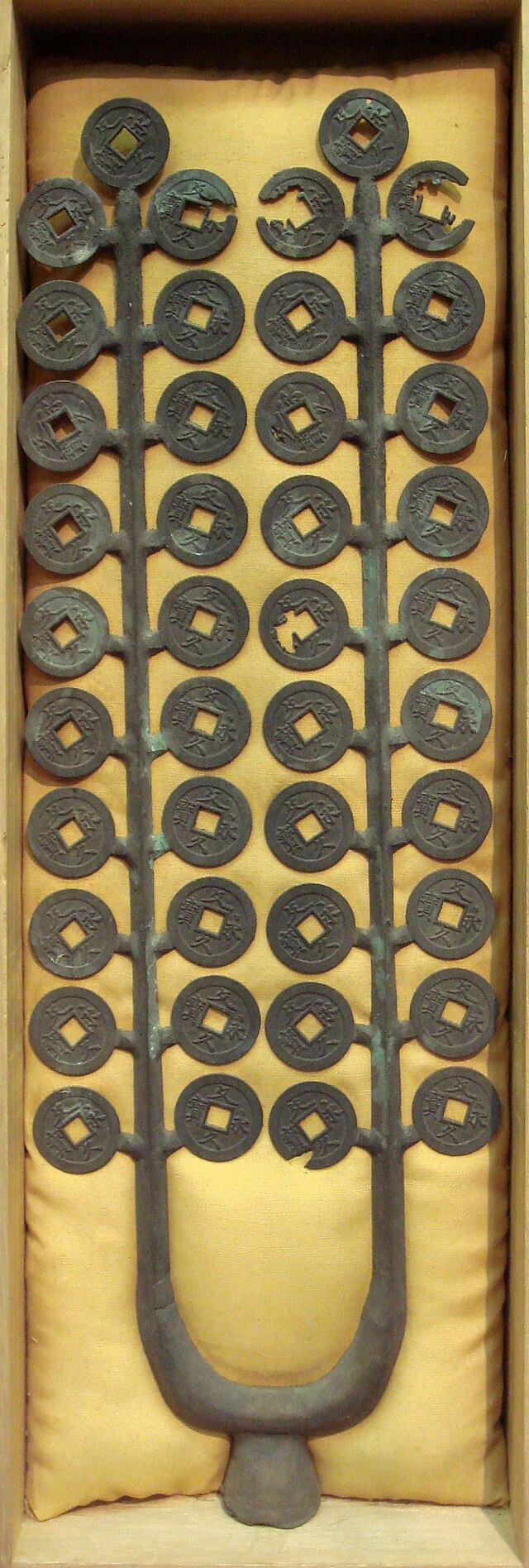Kaei
Japanese era from April 1848 to January 1855 From Wikipedia, the free encyclopedia
Remove ads
Kaei (嘉永) was a Japanese era name (年号,, nengō,, lit. "year name") after Kōka and before Ansei. This period started in February 1848 and ended in November 1854.[1] During this time, the emperor was Kōmei-tennō (孝明天皇).[2]
The nengō Kaei means "Celebration of Eternity"[3] or "Eternal Felicity"[4]
Events of the Kaei Era

- July 1853 (Kaei 6): Commodore Matthew Perry and the United States Navy anchor off Uraga at the mouth of Tokyo Bay.[6]
- 1854 (Kaei 7): Commodore Perry returns to Edo Bay to force Japanese agreement to the Treaty of Kanagawa. The chief Japanese negotiator was Hayashi Akira.[7]
During the Kaei era, the shogunate bought guns and encouraged the manufacture of guns.[9]
Remove ads
Related pages
References
Other websites
Wikiwand - on
Seamless Wikipedia browsing. On steroids.
Remove ads